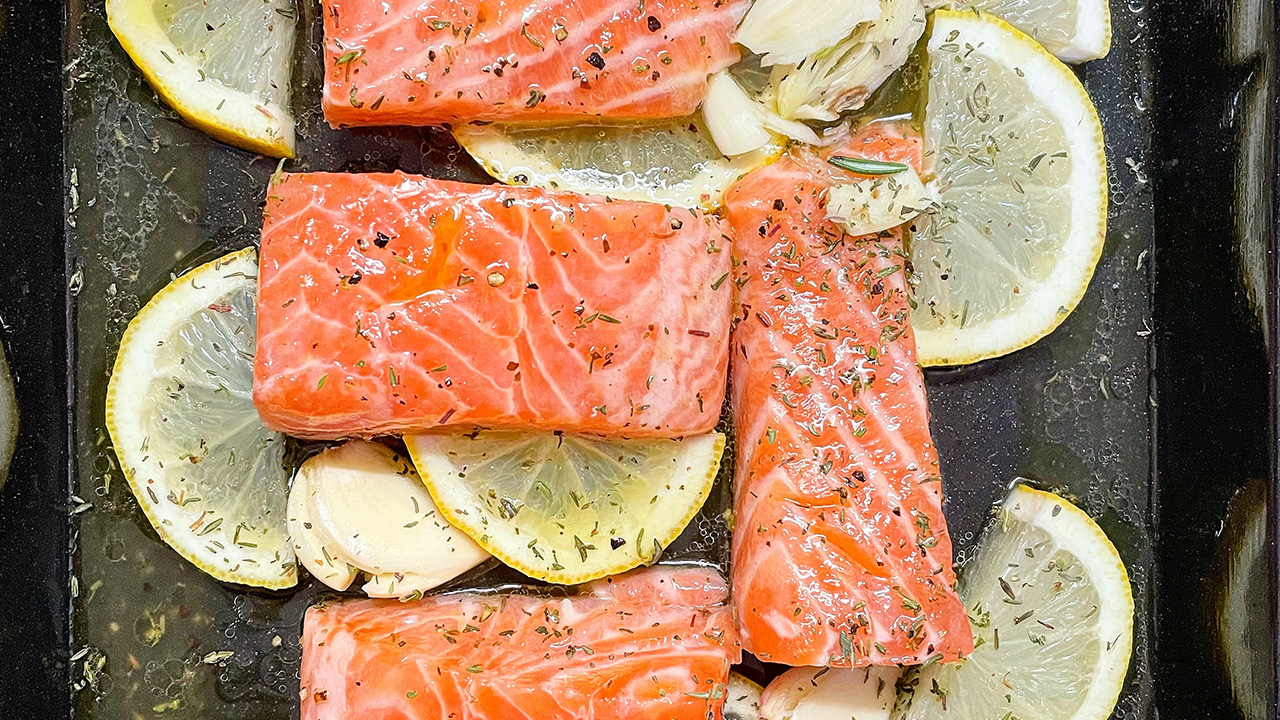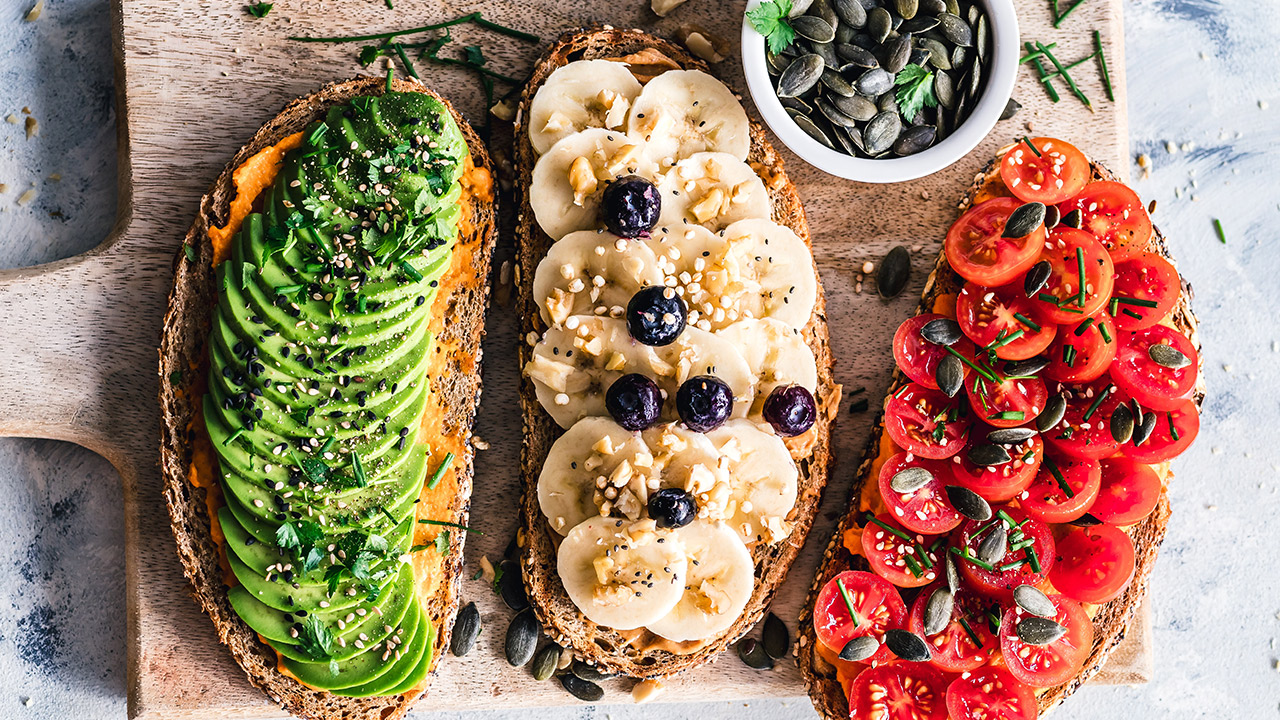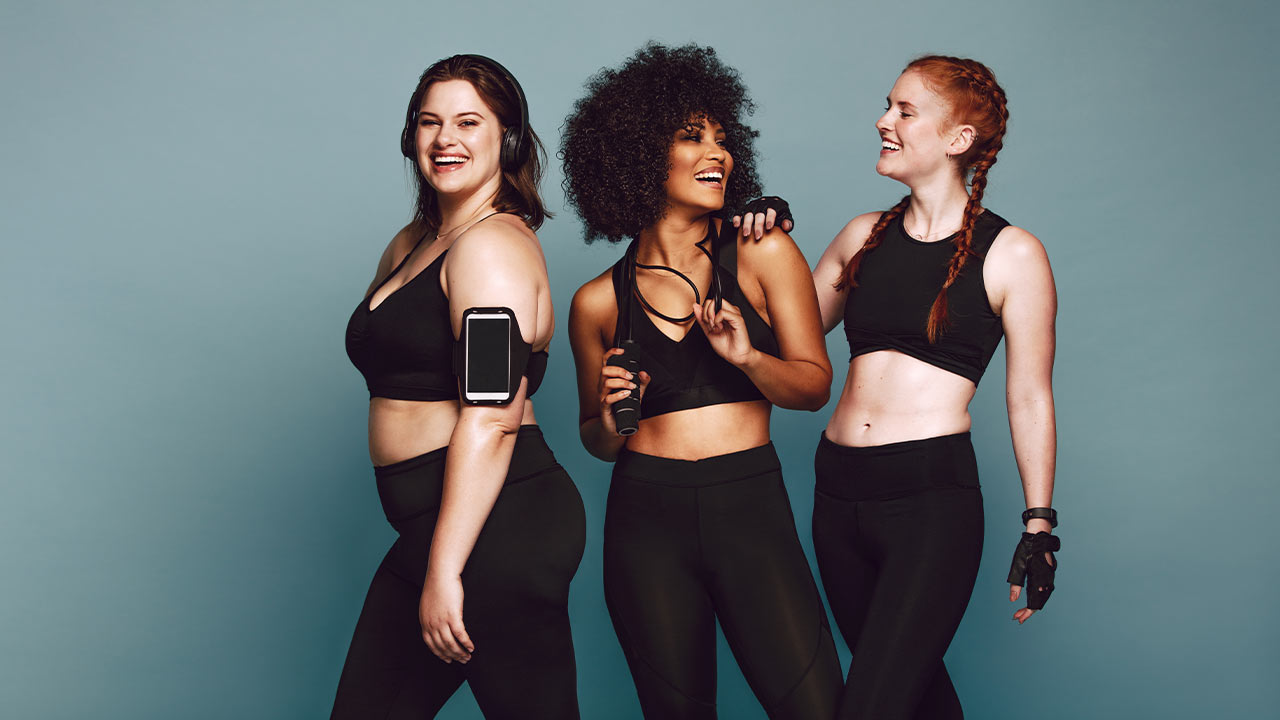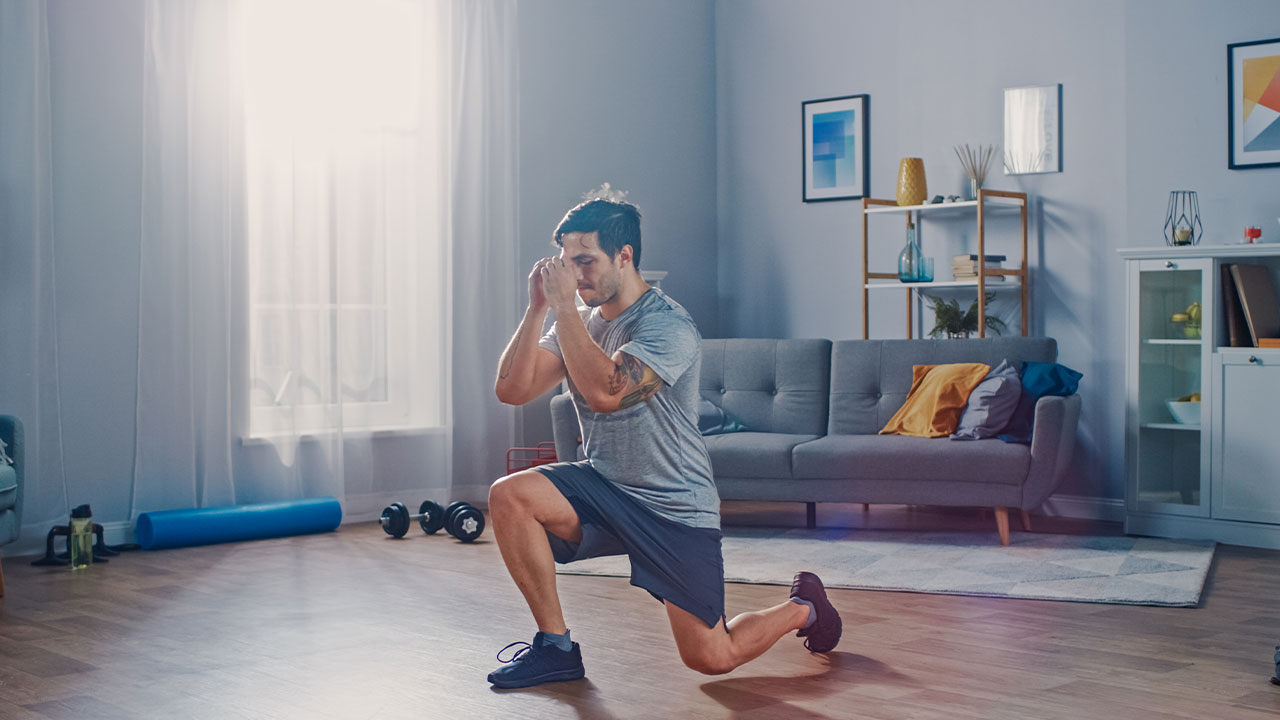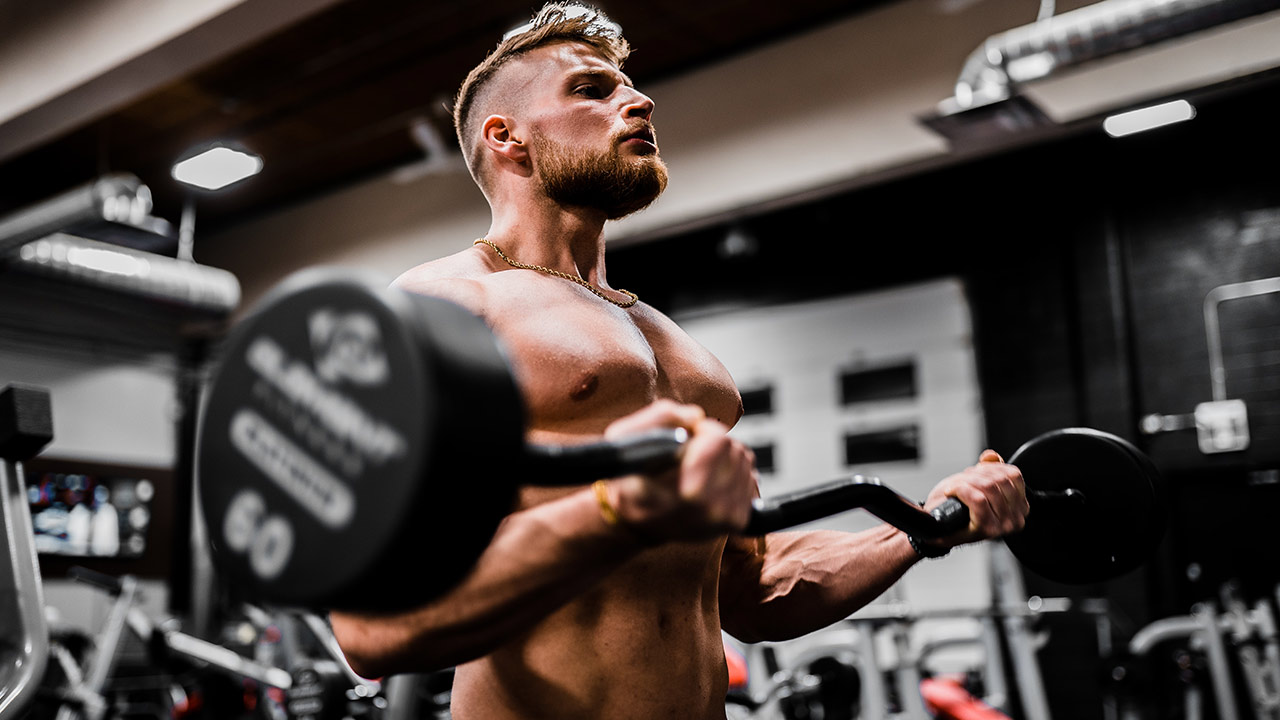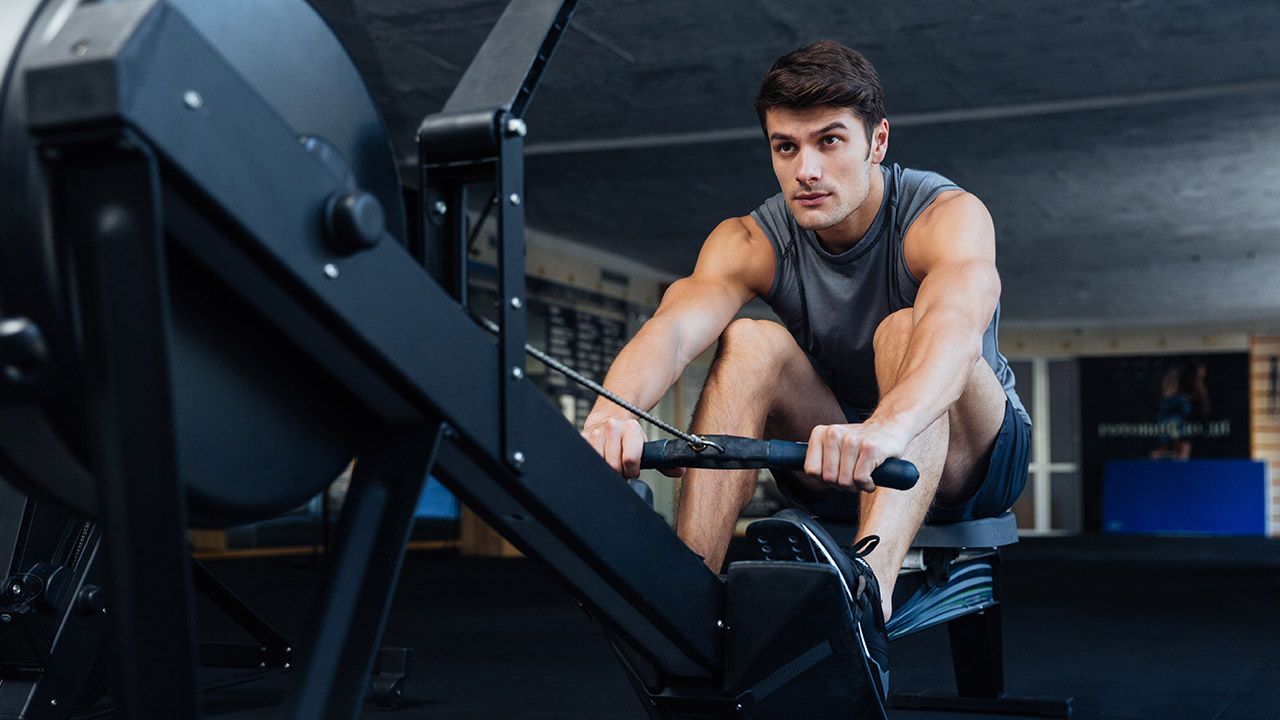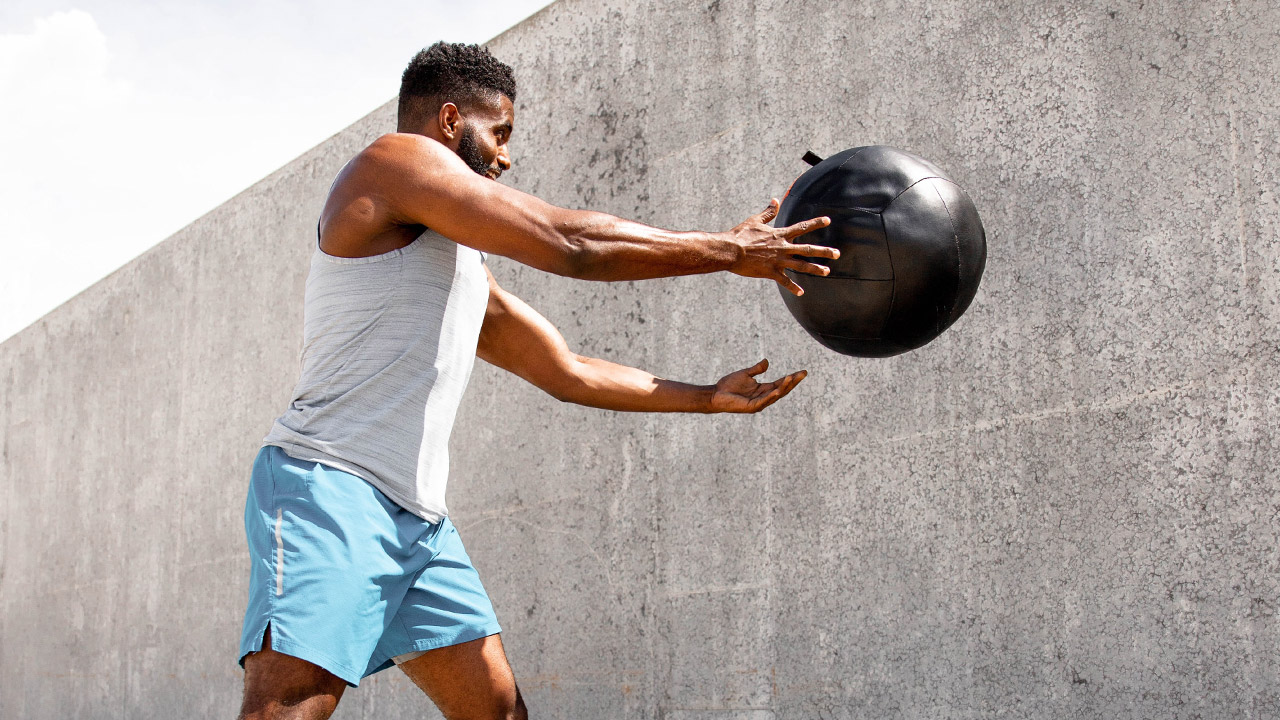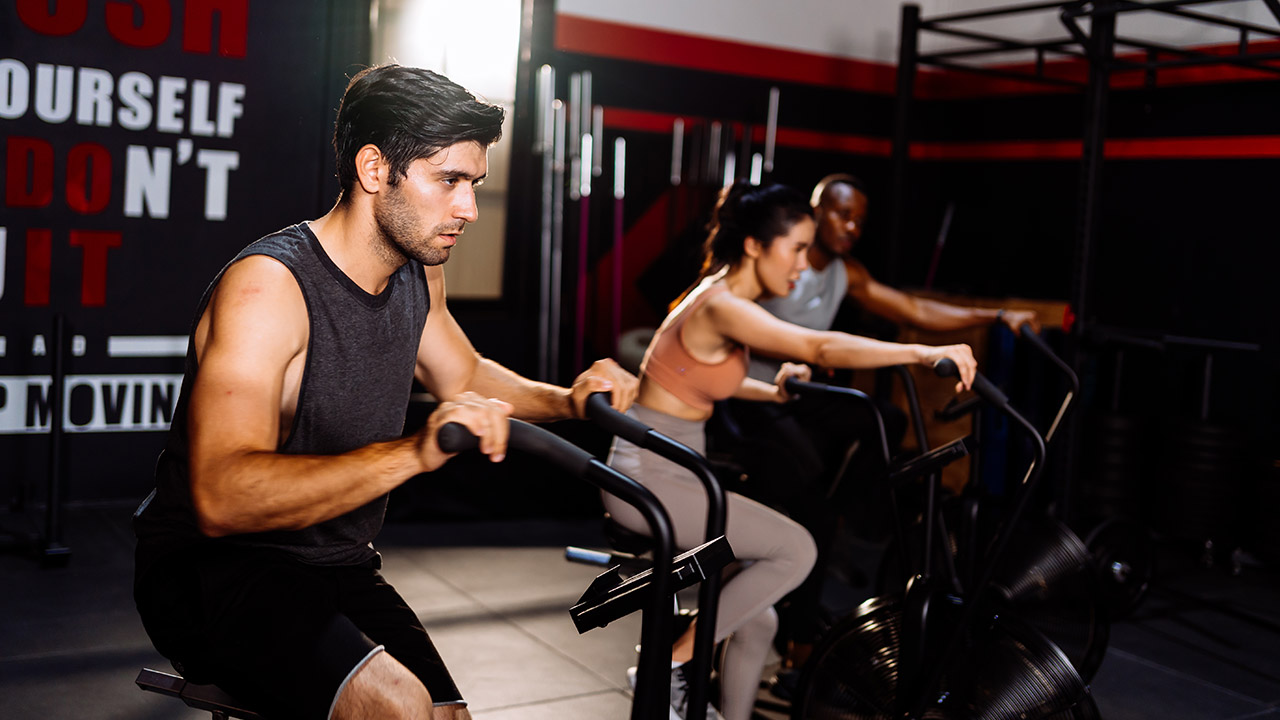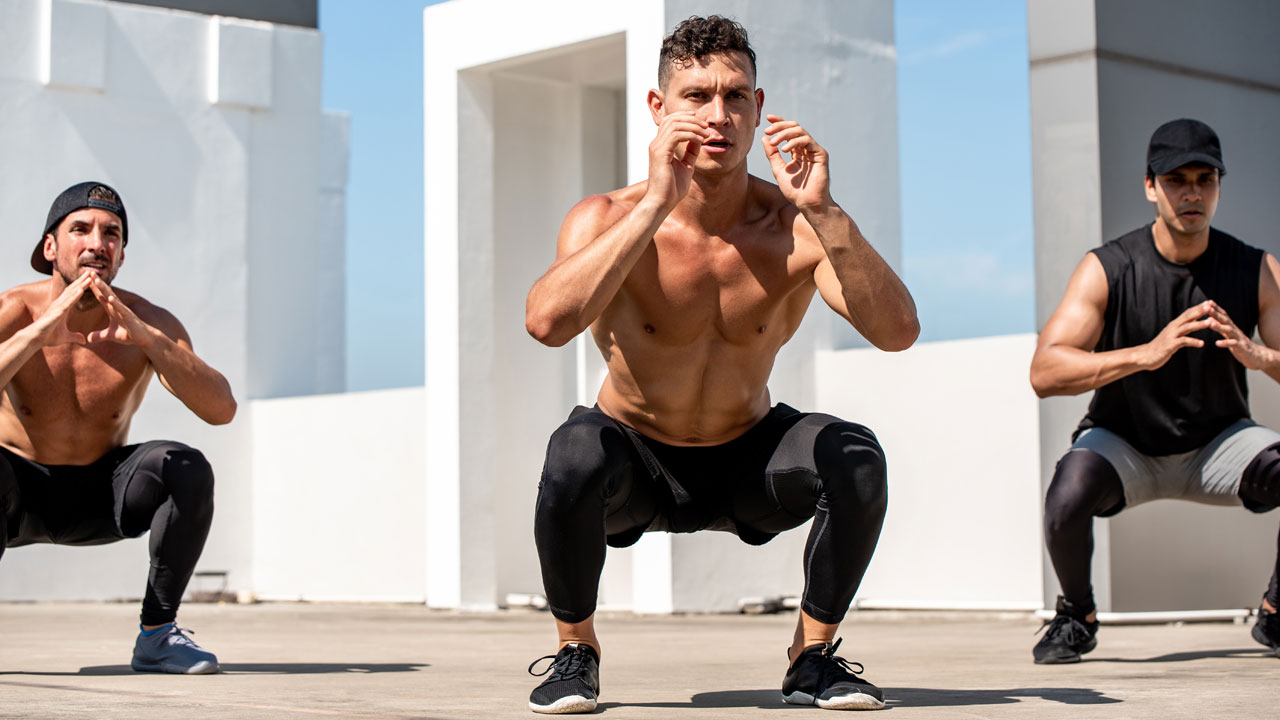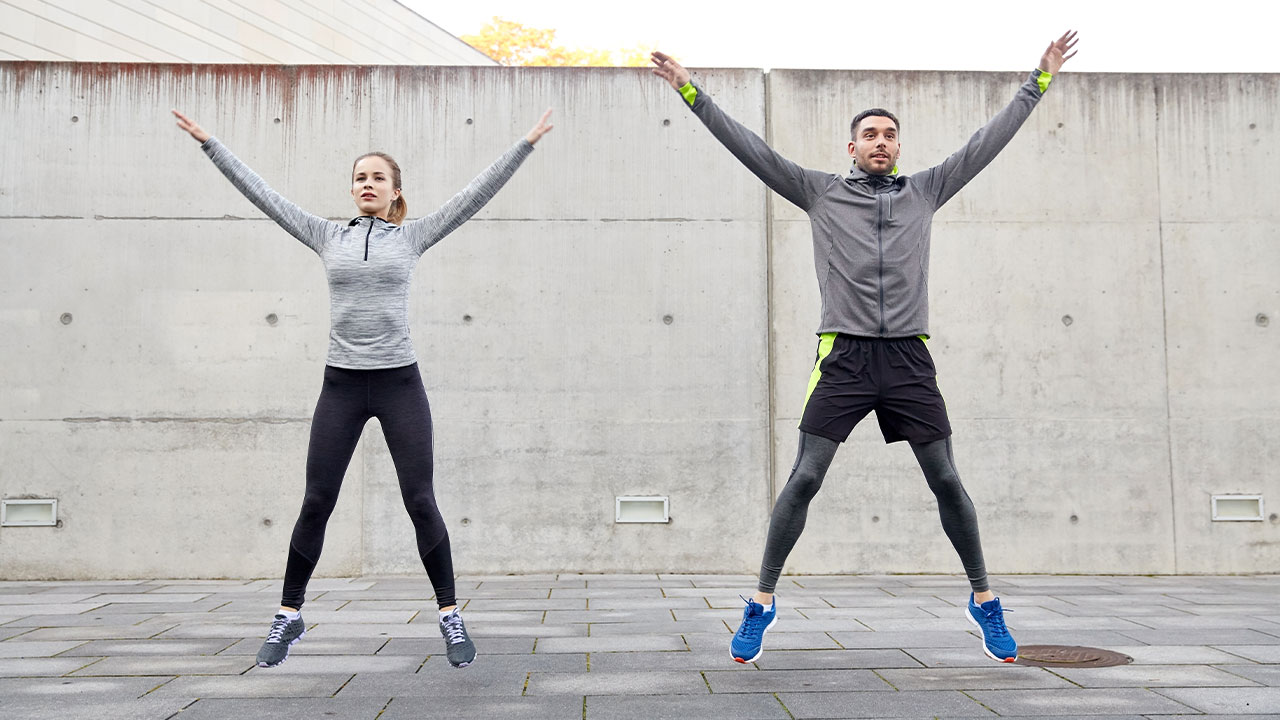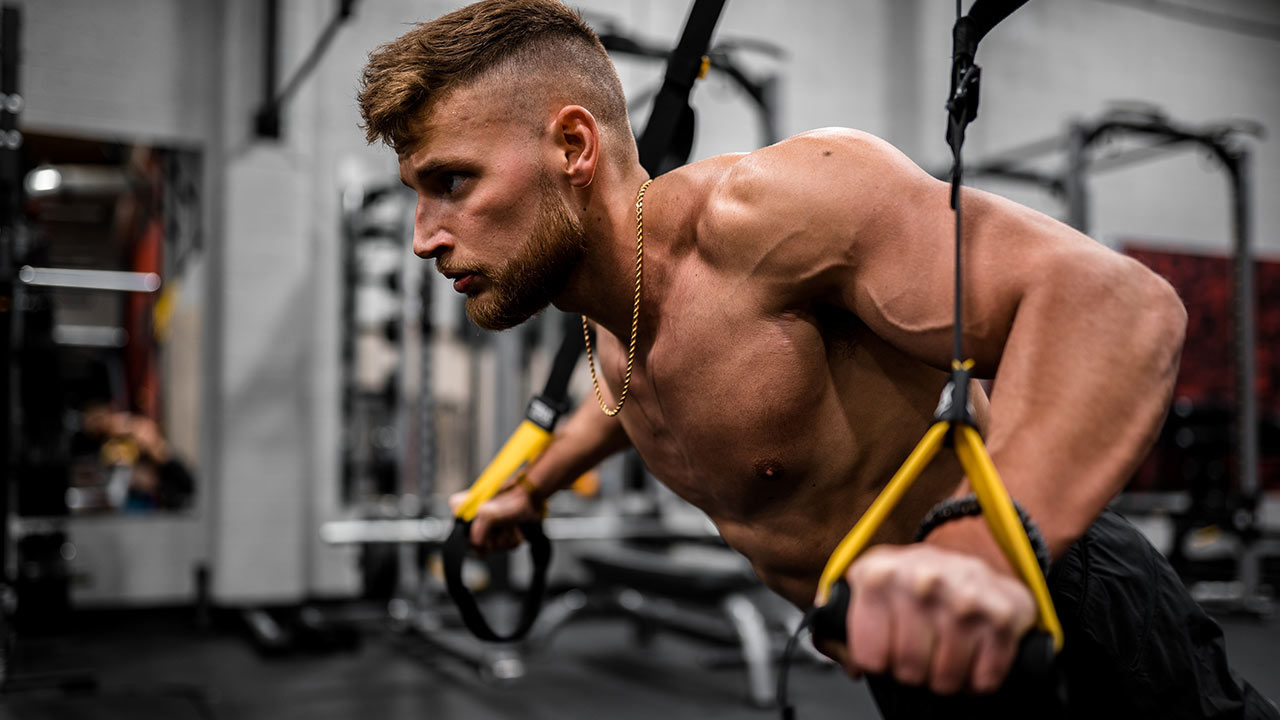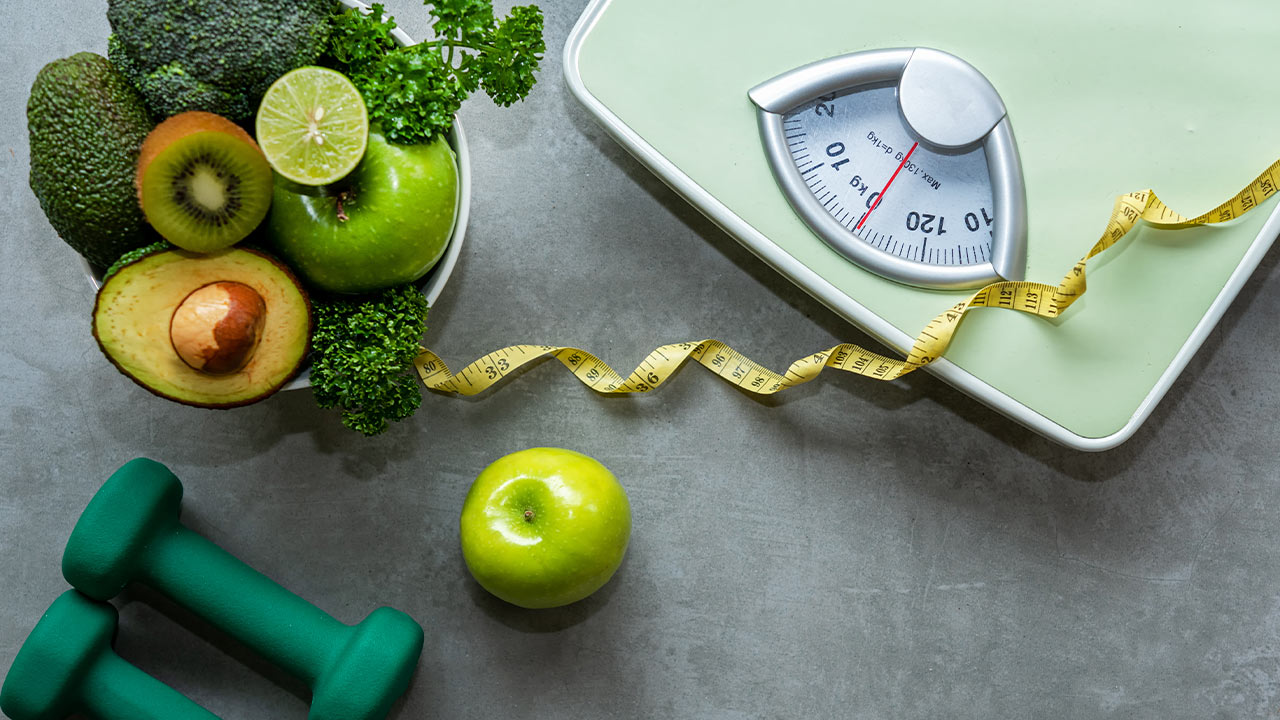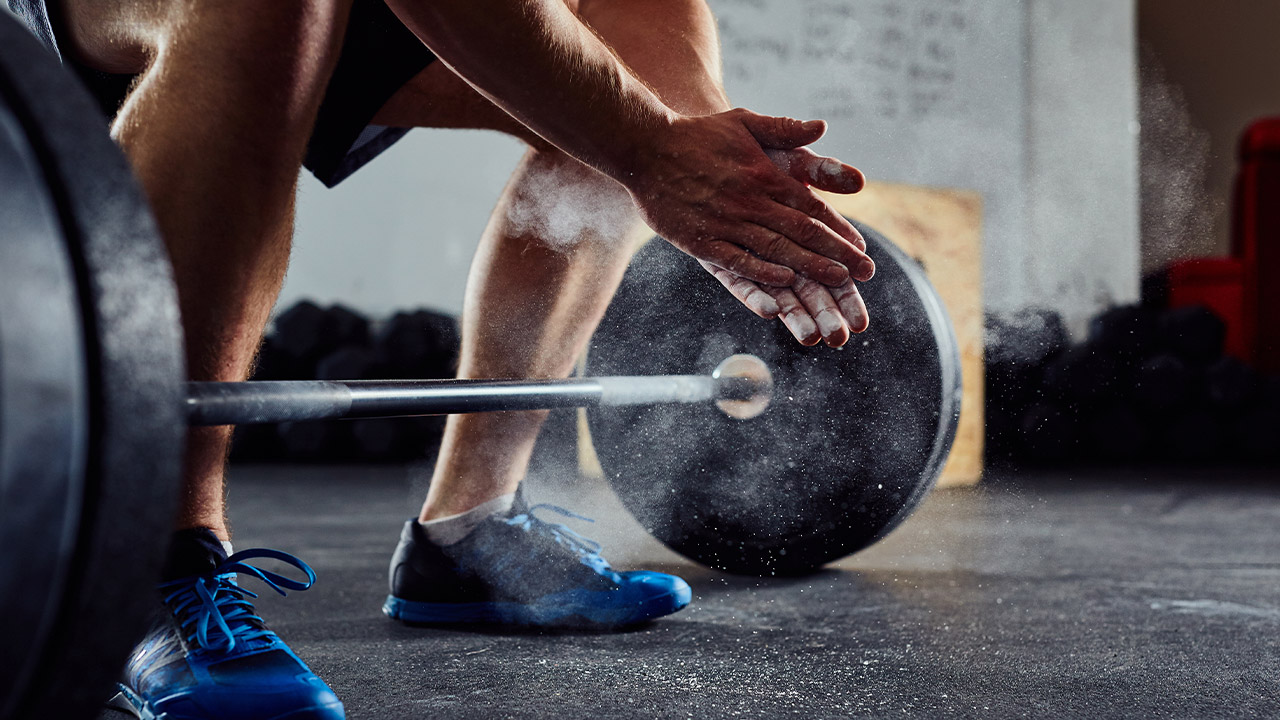Online fitness coaching has become increasingly popular over the last few years, and for good reason. With the ease and convenience of accessing top-notch trainers and programs from anywhere in the world, it’s never been easier to achieve your fitness goals. However, even the most rigorous workout regime won’t yield the best results without proper nutrition. This article will explore the vital importance of nutrition in online fitness coaching and why a holistic approach is necessary for lasting health and wellness.
Understanding the Connection Between Nutrition and Fitness
When it comes to achieving fitness goals, many people focus solely on exercise and overlook the crucial role that nutrition plays. What you eat can significantly affect your physical performance and overall health. Adequate fuel and proper nutrients are critical for strength, endurance, and proper recovery. Additionally, inadequate nutrition can lead to increased injury risk, fatigue, and impaired immune function.
It is important to note that nutrition and fitness go hand in hand. Without proper nutrition, you may not see the results you desire from your workouts. Proper nutrition can help maximize your workouts and help you reach your fitness goals.
The Role of Macronutrients in Physical Performance
Macronutrients, including carbohydrates, protein, and fat, play vital roles in physical performance. Carbohydrates provide energy for exercise, protein helps repair and rebuild muscle tissue, and fat provides a secondary energy source during prolonged exercise. A balanced diet that includes an appropriate amount of each macronutrient is essential for optimal physical performance.
Carbohydrates are especially important for athletes and individuals who engage in high-intensity exercise. They are the primary fuel source for the body during exercise and can help improve exercise performance. It is important to choose complex carbohydrates, such as whole grains, fruits, and vegetables, as they provide sustained energy and are more nutrient-dense than simple carbohydrates.
Protein is essential for muscle repair and growth. It is especially important for individuals who engage in strength training or endurance exercise, as they require more protein to support muscle recovery. Good sources of protein include lean meats, poultry, fish, beans, and legumes.
Fat is also an important macronutrient for physical performance. It provides a secondary energy source during prolonged exercise and helps the body absorb certain vitamins. Good sources of healthy fats include nuts, seeds, avocado, and fatty fish.
The Impact of Micronutrients on Overall Health
While macronutrients receive much of the attention when it comes to nutrition and fitness, micronutrients should not be overlooked. Vitamins and minerals are essential for overall health and wellness, and deficiencies can lead to impaired immune function, decreased energy levels, and impaired exercise performance. Adequate intake of micronutrients is critical for a healthy and active lifestyle.
Some important micronutrients for physical performance include iron, calcium, and vitamin D. Iron is essential for oxygen transport in the body and can help prevent fatigue and impaired exercise performance. Good sources of iron include red meat, poultry, fish, and leafy green vegetables. Calcium is important for bone health and can help prevent stress fractures. Good sources of calcium include dairy products, leafy green vegetables, and fortified foods. Vitamin D is important for bone health and immune function. It can be found in fatty fish, egg yolks, and fortified foods.
Hydration and Its Effect on Athletic Performance
In addition to proper fueling and nutrient intake, hydration is also vital for optimal physical performance. Dehydration can lead to decreased exercise performance, impaired temperature regulation, and increase the risk of injury. Adequate fluid intake before, during, and after exercise is critical for maintaining proper hydration levels.
It is important to drink water regularly throughout the day, not just during exercise. The amount of water you need depends on your body weight, activity level, and climate. As a general rule, aim to drink at least 8 cups of water per day, and more if you are exercising or in a hot climate.
Other good sources of hydration include fruits and vegetables, which are high in water content. Sports drinks can also be beneficial during prolonged exercise, as they provide electrolytes and carbohydrates to help maintain energy levels.
Overall, proper nutrition and hydration are essential for optimal physical performance and overall health. By fueling your body with the nutrients it needs, you can maximize your workouts and reach your fitness goals.
The Benefits of a Holistic Approach to Online Fitness Coaching
While proper nutrition is essential for fitness, it’s not the only aspect that needs addressing. A holistic approach to online fitness coaching considers not just exercise and nutrition but the entire person. When working with clients, it’s essential to address mental, emotional, and physical aspects of health and wellness. By taking a holistic approach, clients are more likely to achieve lasting results beyond just physical changes.
One of the key benefits of a holistic approach to online fitness coaching is that it takes into account the unique needs and preferences of each client. This means that personalized nutrition plans are created based on individual dietary needs, preferences, and goals. A one-size-fits-all approach to nutrition won’t get the best results. Personalized nutrition plans are critical for achieving optimal results. A coach should assess their client’s dietary needs, preferences, and goals to create customized meal plans that suit their lifestyle, tastes, and desired outcome.
Personalized Nutrition Plans for Optimal Results
Every individual has unique nutritional needs and preferences. A coach who takes a holistic approach to online fitness coaching understands this and works with their clients to create personalized nutrition plans that are tailored to their specific needs. This helps clients achieve optimal results and ensures that they are getting the right nutrients to support their fitness goals.
Moreover, a coach who takes a holistic approach to online fitness coaching understands that nutrition is not just about what you eat but also about how you eat. They take into account factors such as meal timing, portion control, and food quality to ensure that their clients are getting the most out of their nutrition plans. This approach helps clients develop a healthy relationship with food and promotes sustainable eating habits.
The Mind-Body Connection in Fitness and Nutrition
The mind-body connection is another crucial aspect of overall health and wellness. Stress and anxiety can negatively affect the body and mind and hamper progress towards fitness goals. A coach who takes a holistic approach to online fitness coaching evaluates their client’s mental and emotional state and uses techniques such as mindfulness and relaxation techniques to help them maintain motivation and decrease stress levels.
By addressing the mental and emotional aspects of health and wellness, a coach who takes a holistic approach to online fitness coaching helps their clients develop a positive mindset towards fitness and nutrition. This mindset is essential for long-term success and ensures that clients are not just achieving their physical goals but also developing healthy habits that they can maintain for life.
Long-Term Health and Wellness Goals
Finally, a holistic approach should always take into consideration long-term health and wellness goals. Long-term goals such as maintaining a healthy weight, developing good eating habits, and managing stress are vital for long-term success. Coaches should work with clients to set achievable goals that allow for sustainable living and ongoing progress toward optimal health and wellness.
By taking a holistic approach to online fitness coaching, coaches can help their clients achieve lasting results and develop healthy habits that they can maintain for life. This approach is not just about achieving physical changes but also about promoting overall health and wellness.
Strategies for Integrating Nutrition into Online Fitness Coaching
Integrating nutrition into online fitness coaching can be challenging, but it is a crucial component of achieving optimal health and fitness. In today’s world, where many people lead busy lives, online fitness coaching has become increasingly popular. To make it effective and straightforward, several strategies can help coaches integrate nutrition into their programs.
Assessing Clients’ Nutritional Needs and Preferences
Before creating custom meal plans, coaches need to assess their client’s nutritional needs, preferences, and goals. This includes evaluating their current diet, food allergies or intolerances, and any medical conditions that need to be taken into consideration. It is essential to have a thorough understanding of the client’s lifestyle, including their work schedule, exercise routine, and any other factors that may affect their dietary requirements. By doing so, coaches can create meal plans that are both effective and enjoyable for their clients.
During the assessment, coaches can also educate their clients on the importance of proper nutrition and how it can impact their overall health and fitness goals. This can include discussing macronutrients, micronutrients, and the benefits of whole foods versus processed foods.
Creating Customized Meal Plans and Recipes
Once a coach has assessed the client’s nutritional needs and preferences, they can create customized meal plans and recipes that meet their individualized goals. The meal plans should be easy to follow and provide clients with a variety of foods that they enjoy to maintain motivation to stick to the plan. Coaches should also be available to answer questions, make adjustments, and monitor progress throughout the program.
It is also essential to consider the client’s cultural background and food preferences when creating meal plans. For example, if a client follows a vegetarian or vegan diet, the coach can incorporate plant-based protein sources such as legumes, tofu, and tempeh into their meal plans.
Coaches can also provide clients with healthy recipes that are easy to make and incorporate into their daily routine. This can include meal prep ideas, snack options, and healthy desserts.
Tracking Progress and Adjusting Nutritional Strategies
Finally, it’s crucial to track progress and adjust nutritional strategies as necessary. Clients need to see progress to stay motivated, so it’s essential to monitor weight, body composition, and other relevant metrics regularly. If a strategy isn’t working, coaches need to be ready to make changes, whether it’s adjusting the meal plan or incorporating different techniques to meet their client’s individualized goals.
Coaches can also use technology to track progress, such as fitness apps that allow clients to log their meals and exercise. This can help coaches monitor their client’s progress and make adjustments as necessary.
In conclusion, integrating nutrition into online fitness coaching is essential for achieving optimal health and fitness. By assessing clients’ nutritional needs and preferences, creating customized meal plans and recipes, and tracking progress and adjusting nutritional strategies, coaches can help their clients achieve their goals and lead a healthy lifestyle.
Overcoming Common Challenges in Online Nutrition Coaching
While online nutrition coaching can be highly effective, it is not without its challenges. Coaching clients from afar, managing schedules, and navigating dietary restrictions and personal preferences can be daunting. Here are some common challenges coaches may encounter and how to overcome them:
Addressing Emotional Eating and Food Cravings
Many people struggle with emotional eating or food cravings that can deter progress in their health and wellness goals. Coaches need to recognize and address these issues and help their clients develop coping mechanisms and strategies that allow them to manage this challenging aspect of nutrition.
Navigating Dietary Restrictions and Allergies
Another common challenge is catering to clients with dietary restrictions or allergies. Coaches need to become familiar with different diets and learn how to modify meal plans to accommodate individual needs while still meeting nutritional requirements.
Encouraging Consistency and Accountability in Clients
A final challenge is encouraging clients to be consistent and accountable throughout their programs. Coaches need to engage and motivate their clients, providing regular check-ins and feedback to keep them on track towards meeting their goals.
Conclusion
In conclusion, proper nutrition is essential for achieving optimal physical performance and overall health and wellness. While online fitness coaching can be highly effective, it’s crucial to take a holistic approach that considers overall health and wellness goals. Personalized nutrition plans, mindfulness techniques, and long-term goals all play crucial roles in achieving success in online fitness coaching. By overcoming common challenges and tailoring strategies to individual needs, coaches can help their clients achieve lasting results and create sustainable habits for ongoing health and wellness.
